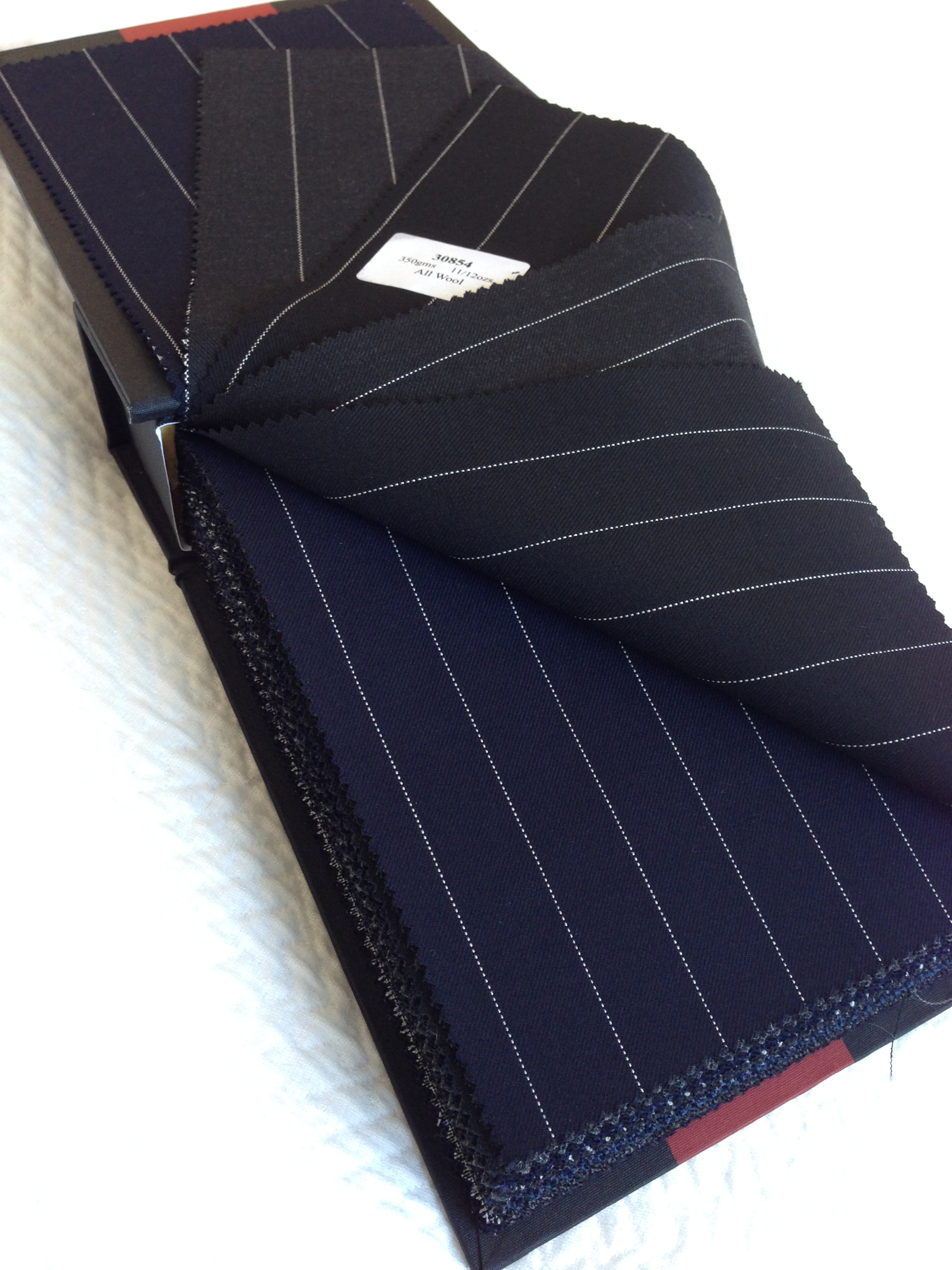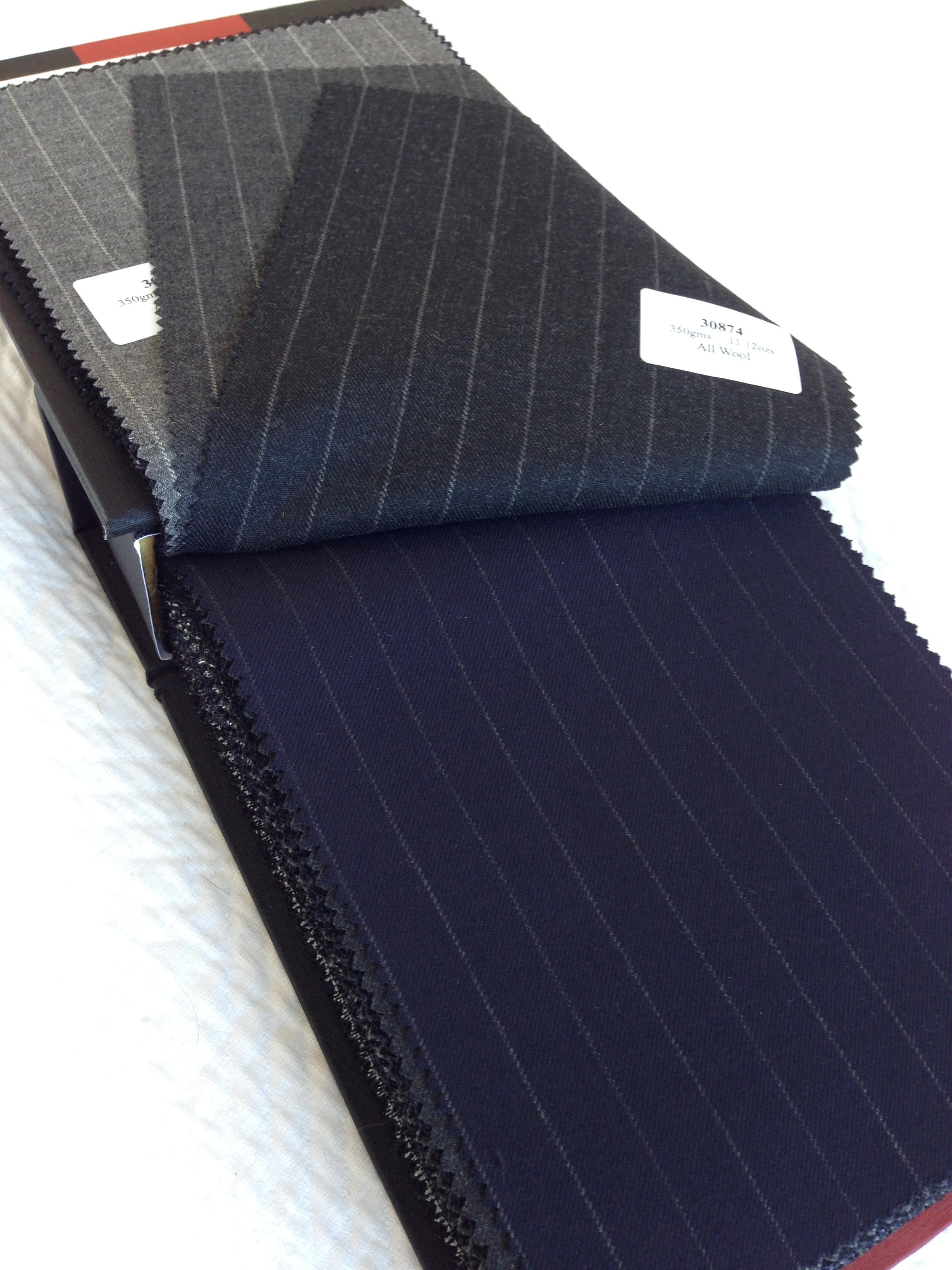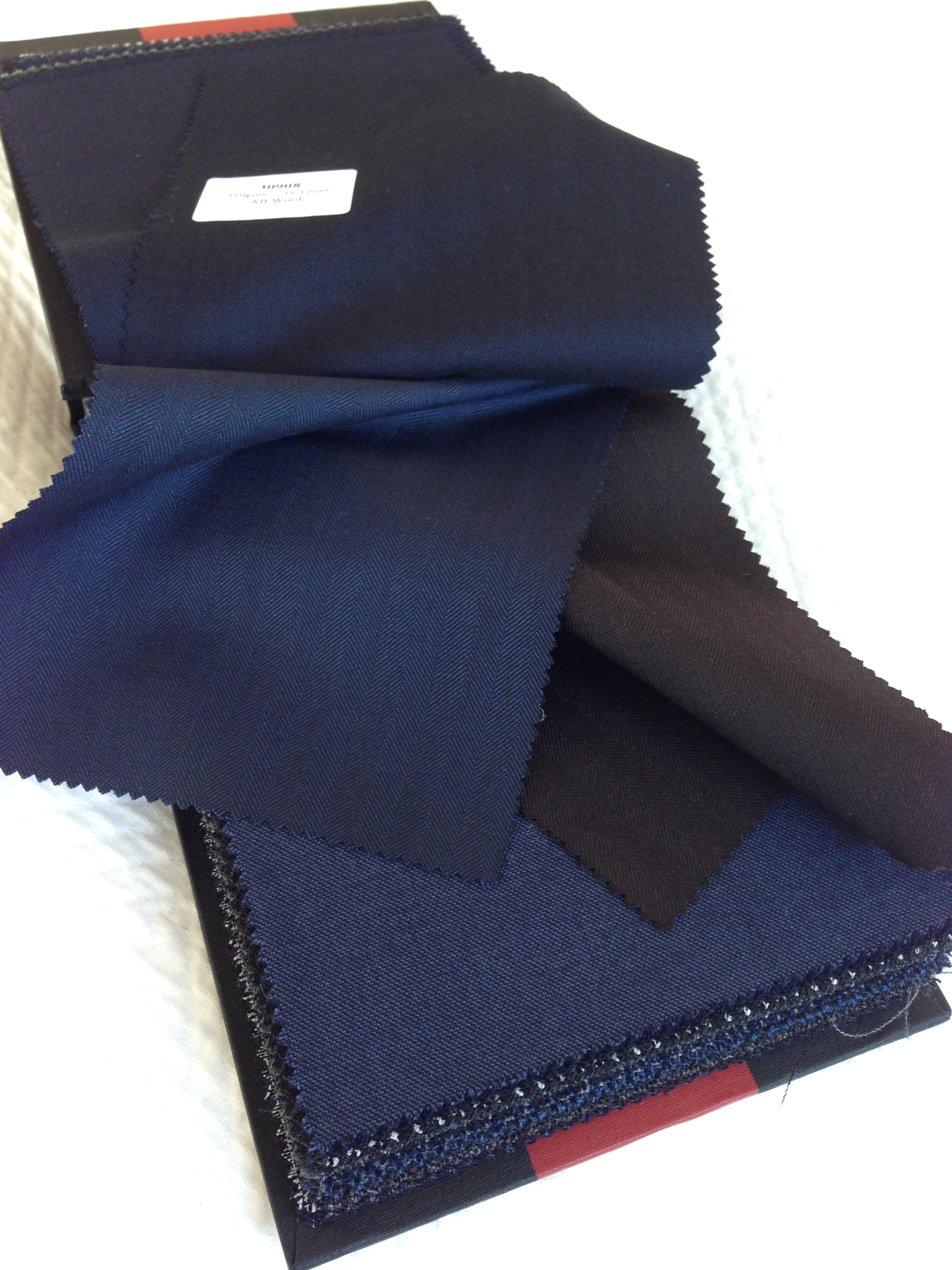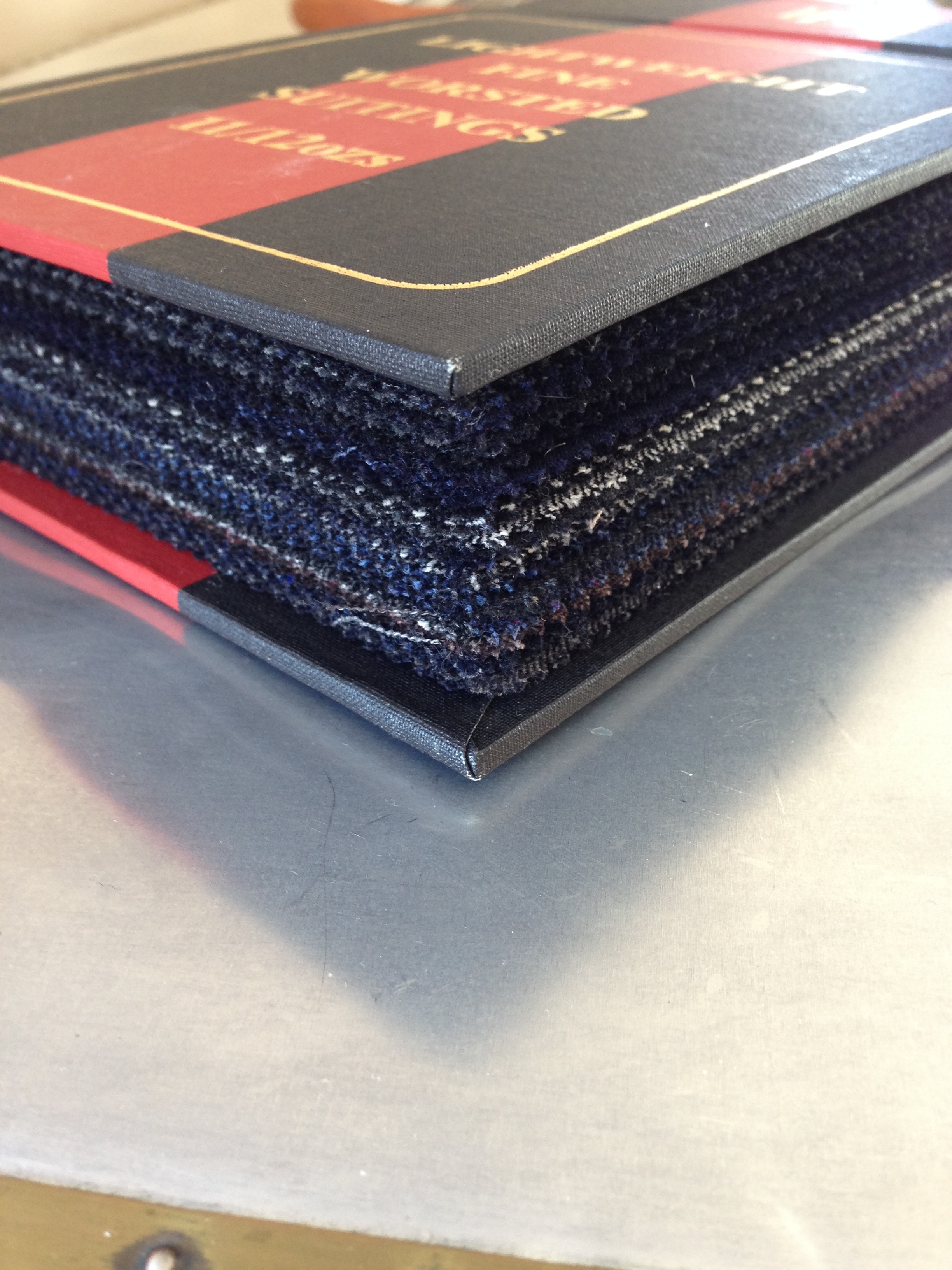The Broiling Point
Massive scallops and wild salmon await the broiler.
Perhaps food television is to blame. Not so long ago, meat and seafood could be broiled; now everything must be pan-seared or grilled in an exuberant, primetime display of spitting fat and jumping flame. Like poaching, broiling is a passive, low-drama method, requiring almost no interference from the cook, and certainly no instant replays before cutting to commercial. In short, broiling is poor television.
Of course searing can be useful, and as a quick way of putting color on meat before finishing in the oven, there is no substitute. But it’s really a line-cook’s technique—an expediency best practiced by professionals beneath commercial extraction hoods. Filling a first floor with grease smoke a few minutes before your guests arrive never sets the correct atmosphere, and unless you have terrific technique, is almost inevitable with searing. But that doesn’t mean the crusted surface of something seared is reserved for dining out; correct broiling can achieve similar results, and even superior side effects.
Broiling is the introduction of food to a suspended high-heat source. This differs from grilling, where the heat source is below the food. Remarkably, this subtle orientation of flame not only produces noticeably different results, the terms themselves are loaded with opposing connotations. If grilling is a macho, sexy activity that takes place on a sprawling deck, drink in hand, broiling is the fusty way a Captain’s Platter is prepared on an overcast, off-season day at a seaside resort that has long fallen from favor.
Despite a poor reputation though, broiling has real advantages over grilling. A superior approach to gravity, for instance. Grilling leaves little choice but incineration as fat and moisture start to run. During a broil, that same moisture resettles, basting and distributing flavor. This works especially well for meat that is prone to dryness, or seafood, which often needs a semi-moist cooking environment. In fact, I regularly make a sort of mixed seafood broil—a platter, if you will, better suited to a captain of his own 100-foot Benetti:
Turn broiler on. Make a compound butter of fresh herbs, chopped shallots, lemon zest, salt, pepper and a splash of white wine. Line a sheet pan with parchment. Arrange largest sea scallops available, pieces of fresh fish and split langoustines or lobster tails in rows on parchment and top with compound butter. Put sheet pan on middle rack and broil until fish is firm but not too browned, perhaps 11 minutes.
If the above preparation sounds too breezy to possibly yield anything special, you haven’t yet grasped the principle of broiling. If other high-heat methods are about intense control and experienced technique, broiling works best when ignored; the magic happens when the cook disappears for a moment, perhaps for an aperitif with guests. Problematic for producers, but a real blessing for hosts.
Four out of five langoustines agree: broiling is superior.































































